
Trends & Tips for A Successful 2021 Ecommerce Strategy
By Sakshi Arora
Nov 30, 20206 min read
“By 2022, brick and mortar retail spaces will be little more than showrooms.”
- Eddie Machaalani & Mitchell Harper, Co-CEOs of BigCommerce
The Covid-19 pandemic is the most disruptive event for the retail industry in decades. Changes in retail channel preferences have changed the world of e-commerce in 2020.
Brick-and-mortar retail sales have declined however the e-commerce industry has witnessed a whopping 129% increase year-over-year growth and a 146% increase in online orders in the US.
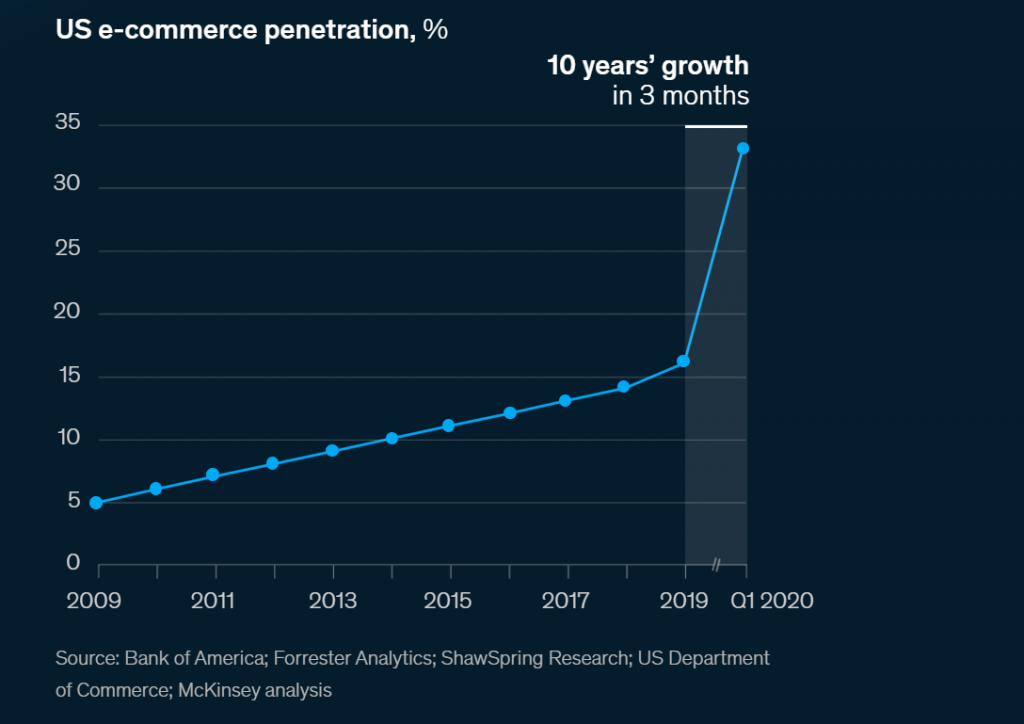
To survive the pandemic and grow out of it, most brick-and-mortar stores have taken their businesses online. But simply creating a new online store doesn’t ensure you an instant cash flow. The competition is getting steeper and you must keep adapting to the changing retail channel preferences.
How to stay ahead of the curve in the upcoming year and for years to come?
To keep up with the current and future changes, it is important for e-commerce businesses to keep an eye on the emerging trends to attract new customers (and retain the existing ones).
A glimpse into the top 6 e-commerce trends that will help you build a successful 2021 e-commerce strategy, whether you have been online for a long time or are new to the online world of e-commerce.
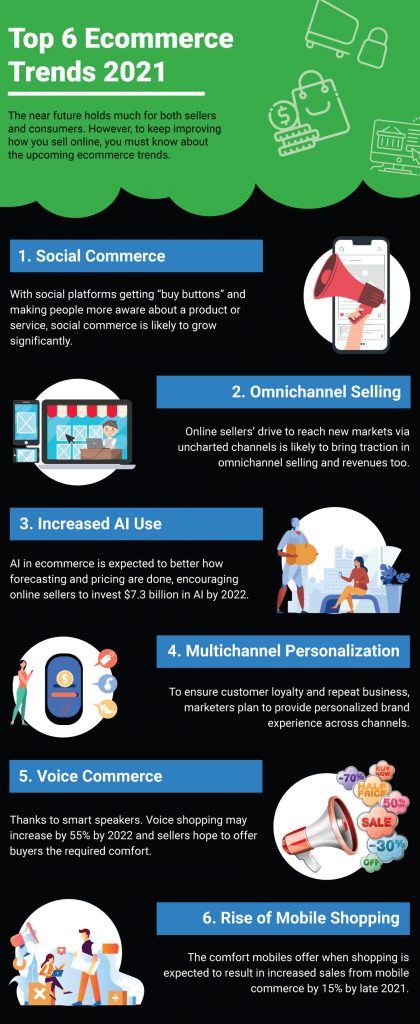
Let’s study these 6 e-commerce trends for 2021 in detail below:
Social Commerce Will Continue to Stay
Social media platforms provide the perfect opportunity for e-commerce businesses to engage with their customers.
The best reason to leverage social commerce is that your customers are already on the platform. With Facebook and Instagram marketplaces, it has become easy to provide a seamless shopping experience.
According to Statista, the number of social media users is expected to exceed 257 million by 2023 in the US.
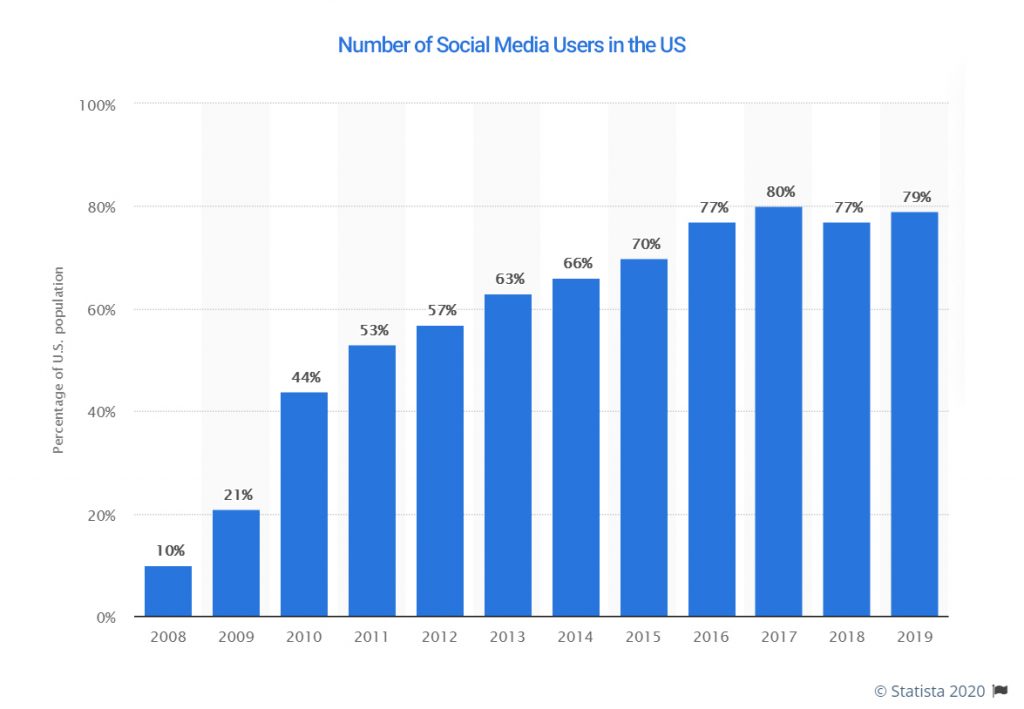
Here are three reasons why you should adopt social media platforms to expand your omnichannel marketing strategy.
- 54% of customers research products on various social media platforms before purchasing.
- 49% of customers depend on social media Influencers recommendations
- 37% of social media users between the ages of 18 to 34 have purchased a product via social media but did not do so regularly.
Omnichannel Selling Will Be the New Normal
The future of the e-commerce industry lies in omnichannel selling. It provides opportunities for e-commerce players to increase their brand visibility and ROI.
Studies show that the global omnichannel retail commerce platform is expected to grow to $11.1 Billion by 2023. The two key factors driving omnichannel selling are:
- The increasing adoption of new and uncharted platforms by online sellers
- The rise in usage of mobile devices for shopping by consumers
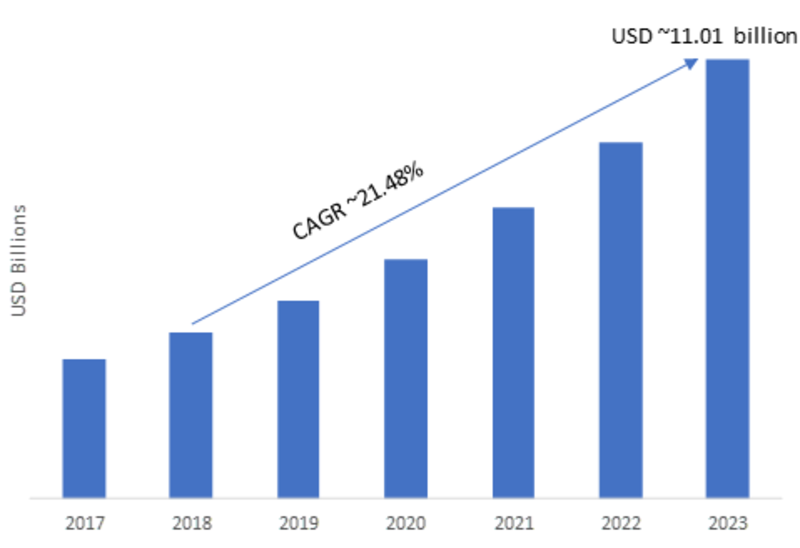
Therefore, it is crucial for e-commerce businesses to adopt the omnichannel strategy. Studies show that e-commerce businesses that leverage more than three platforms to market and sell earn 90% more customer retention than those who utilize a single platform.
Want to implement an omnichannel strategy for your e-commerce business in 2021?
Here are 8 things to keep in mind while creating an omnichannel strategy:
- Invest in a marketing stack that suits your business
- Align your content with marketing channel
- Ensure your website is mobile-friendly
- Map your customer journey
- Segment your customers
- Determine frequently used platforms by your customers
- Leverage shoppable posts
- Ensure testing is a habit
Enhance E-commerce Experience with AR
Implementing AR technology is a real game-changer in the e-commerce industry. 61% of online shoppers prefer to make purchases on sites that offer AR technology.
In light of the recent events, AR can bridge the gap between brands and online shoppers. Studies show that e-Commerce companies will spend $7.3 Billion on AR technologies by 2022.
Ikea launched Ikea Place App that allows customers to try different products in real-life settings with a swipe of your finger. Based on the room dimensions, the app automatically scales products with 98% accuracy. This increased customer engagement and conversions.
Here’s how AR will benefit your e-commerce business:
- AR technology increases customer engagement by 66%
- Leveraging AR campaigns attract new customers
- Implementing AR can increase your mobile conversions from 3.5% to 11%.
Personalization Will Dominate
A decade ago, e-commerce businesses grappled to understand their customer behavior. Today, they are able to anticipate their customer needs before the customer is looking for a product or service.
That is the power of personalization. Integrating personalization with omnichannel selling improves customer experience across multiple touchpoints - online and offline. It creates multiple opportunities for e-commerce businesses to engage with their customers.
Studies show that 80% of frequent shoppers choose brands that offer a personalized experience. In addition to SMS and emails, brands are now actively communicating with their customers on platforms like Whatsapp, Telegram, Facebook Messenger, and other popular communication apps.
Voice Commerce Will Be on a Rise
“Voice searches are replacing traditional searches, and if you’re not optimizing for them, you’re going to miss out on a lot of Google traffic.” – Brian Dean, Backlinko
Voice shopping is estimated to grow up to $40 Billion in 2022 in the US. As consumers embrace smart speakers, e-commerce businesses should learn how to optimize their e-commerce sites to surface in the upcoming era of voice commerce.
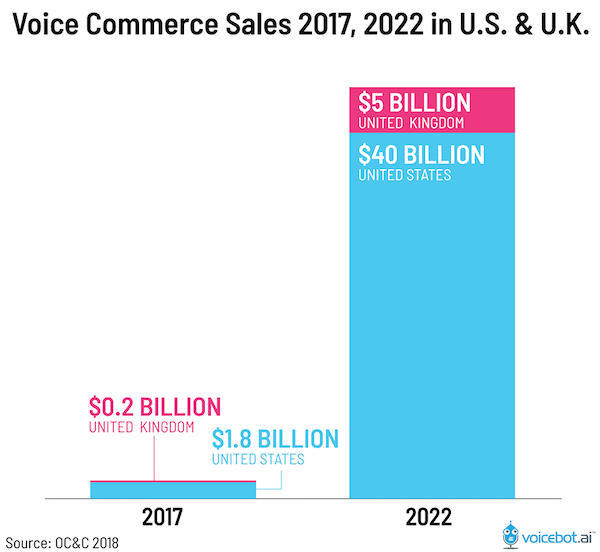
Here are four tips on how e-commerce retailers can optimize their sites for voice search:
- Write content in a natural and conversational tone.
- Leverage long-tail keywords in the product descriptions.
- Improve your e-commerce site load time for mobile devices.
- Implement a voice search functionality in your site to help consumers engage with the site.
Mobile Shopping Will Increase
Mobile commerce sales are projected to grow to $3.56 Trillion in 2021. This makes upto three quarters of the e-commerce sales.
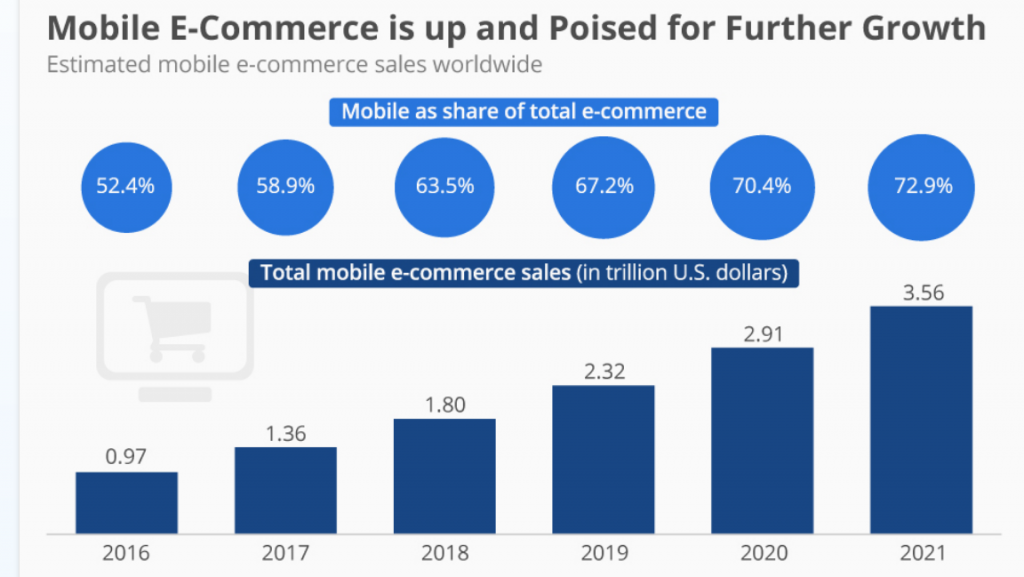
The growth of mobile commerce is attributed to the convenience of mobile shopping. 3 out of 4 online shoppers confirmed that they make purchases on mobile as it saves time. Also, the increase in multiple mobile payment options is boosting customer experience.
However, there are also challenges associated with mobile commerce. At least half of online shoppers have reported that the shoppable links seem insecure and they would like to read more product reviews before making a purchase.
Wrapping up
2020 was a rollercoaster ride (a scary one) for the e-commerce industry. While most businesses flourished, a few staggered to reach the end line. Knowing what to anticipate will help to prep your business for the future.
Connect with our experts to get a free e-commerce marketing audit.




